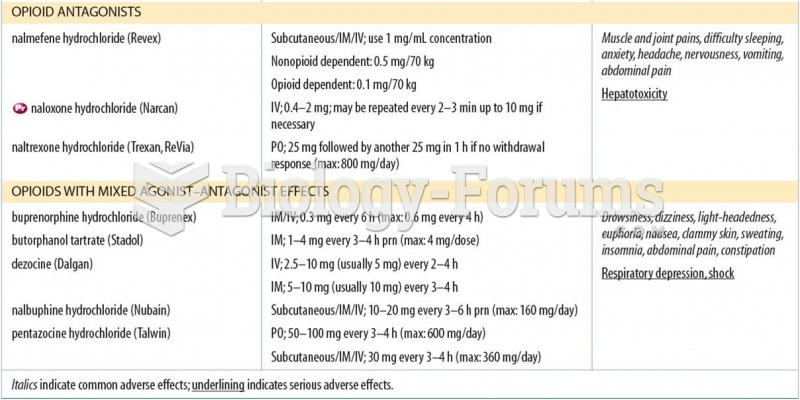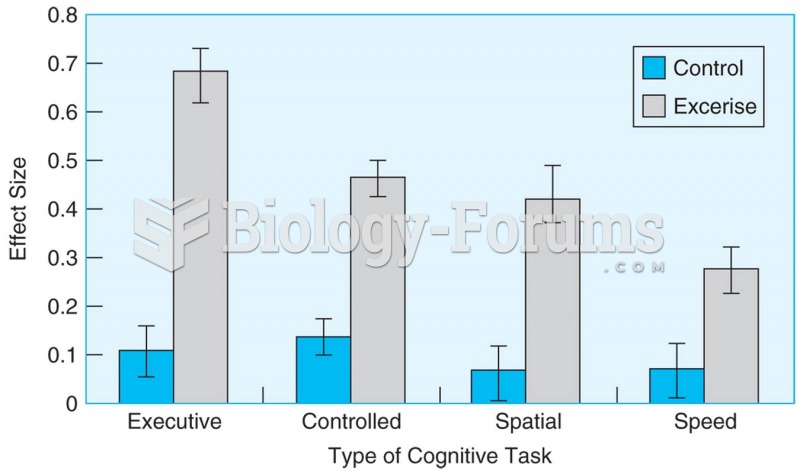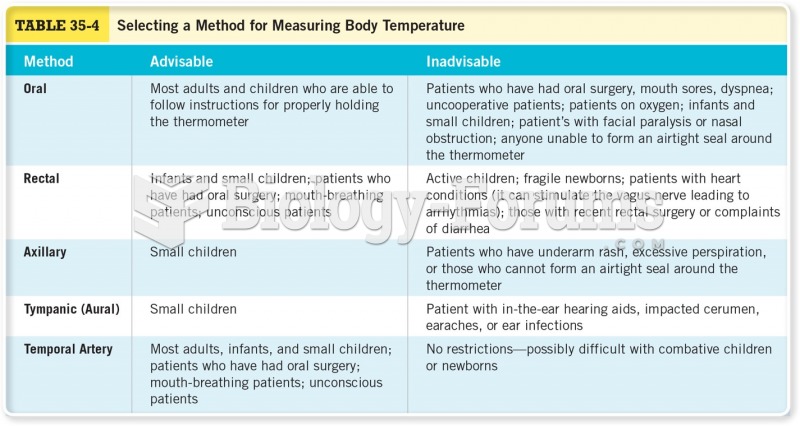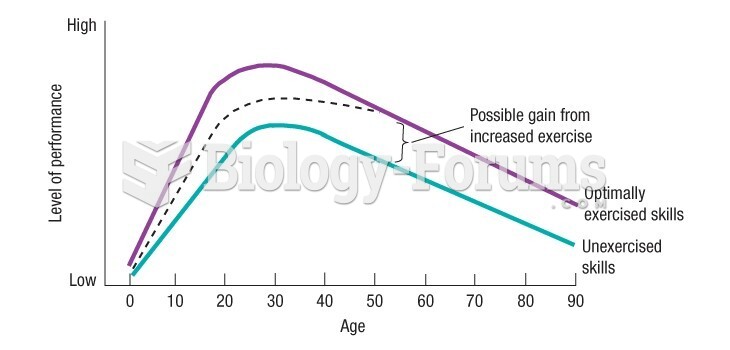Answer to Question 1
Answers will vary and may include any combination of the following five measures below as long as the evaluation is ongoing (i.e., conducted on a regular basis).
- Number of individuals evaluated. One of the most basic metrics is to assess the number of employees who are actually participating in the system. If performance evaluations have not been completed for some employees, then we need to find out who they are and why a performance review has not been completed.
- Distribution of performance ratings. An indicator of quality of the performance assessments is whether all or most scores are too high, too low, or clumped around the center of the distribution. This may indicate intentional errors such as leniency, severity, and central tendency.
- Quality of information. Another indicator of quality of the performance assessments is the quality of the information provided in the open-ended sections of the forms. For example, how much did the rater write? What is the relevance of the examples provided?
- Quality of follow-up actions. A good indicator of the quality of the system is whether it leads to important follow-up actions in terms of development activities or improved processes. For example, if follow-up actions involve exclusively the supervisor and not the employee, then it might be an indicator that employees are not sufficiently involved.
- Quality of performance discussion meeting. A confidential survey can be distributed to all employees on a regular basis to gather information on how the supervisor is managing the performance discussion meetings. For example, is the feedback useful? How relevant was the performance review discussion to one's job?
- System satisfaction. A confidential survey could also be distributed to assess the perceptions of the system's users, both raters and ratees. This survey can include questions about satisfaction with equity, usefulness, and accuracy.
- Overall cost/benefit ratio or return on investment (ROI). A fairly simple way to address the overall impact of the system is to ask participants to rate the overall cost versus benefit ratio for the performance management system. This is a type of bottom-line question that can provide convincing evidence for the overall worth of the system, with reference to an individual (employee or manager), her job, and her organizational unit.
- Unit-level and organization-level performance. Another indicator that the system is working well is provided by the measurement of unit and organization level performance. Such performance indicators could be customer satisfaction with specific units and indicators of the financial performance of the various units or the organization as a whole.
Answer to Question 2
D







